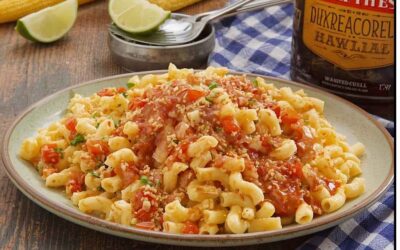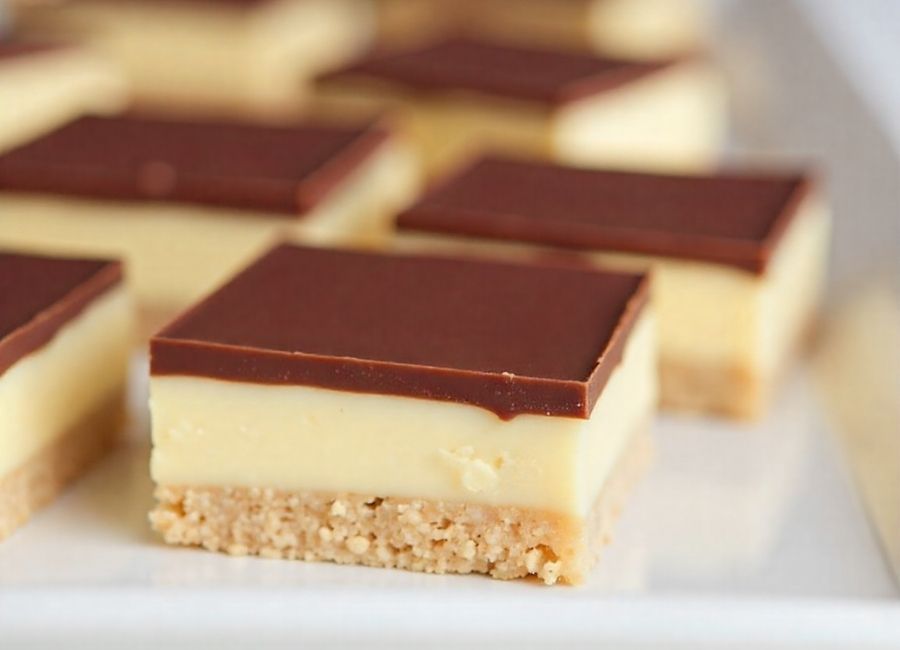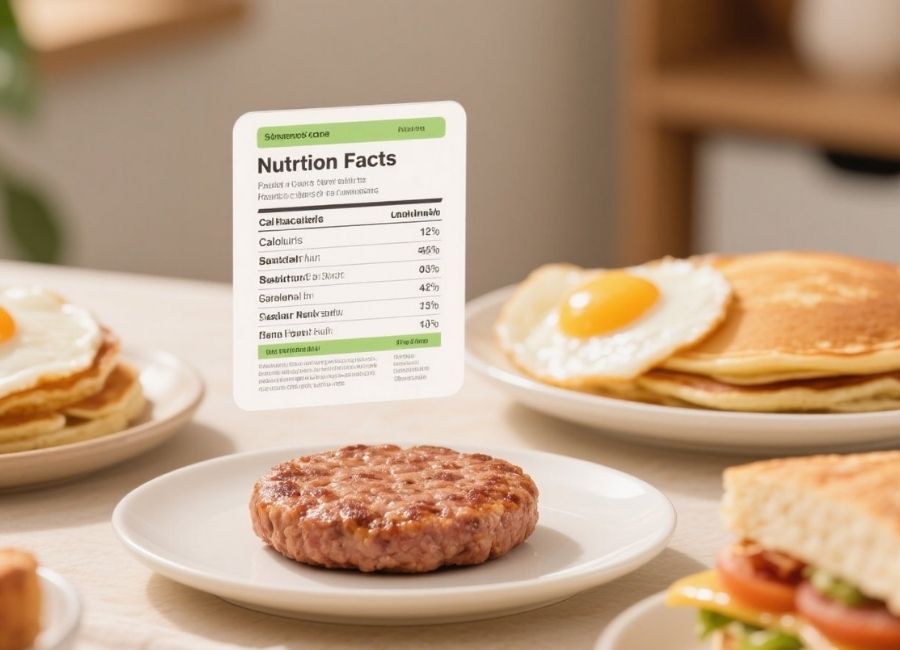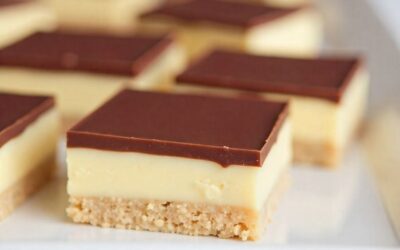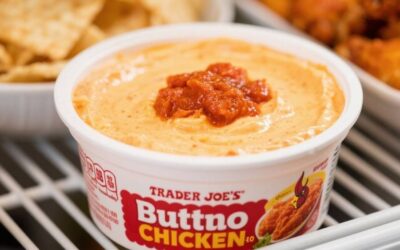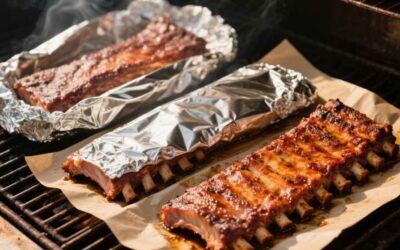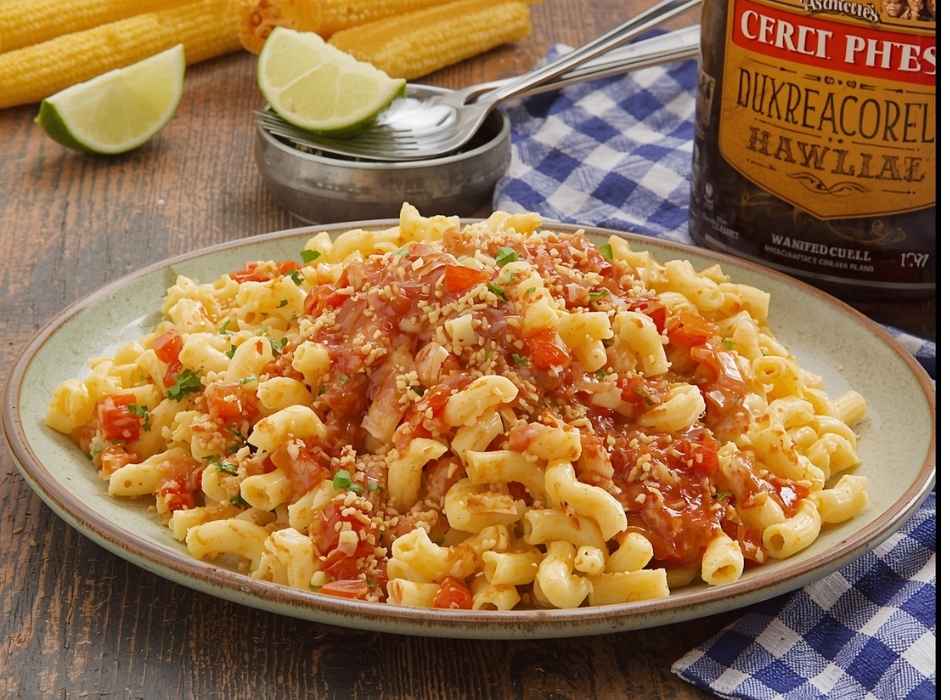Hawaiian plate lunch culture represents more than casual dining—it embodies a sophisticated fusion of culinary traditions that emerged from Hawaii’s complex multicultural landscape. Among the essential components of this iconic meal format, macaroni salad stands as perhaps the most technically challenging element to execute correctly. While deceptively simple in appearance, achieving the precise texture, flavor balance, and mouthfeel that defines authentic Hawaiian-style macaroni salad requires understanding specific techniques and ingredient ratios that distinguish amateur attempts from professional execution.
Ono Hawaiian BBQ’s interpretation of this classic side dish exemplifies the refined approach necessary for superior results. Their version demonstrates mastery of emulsification principles, starch gelatinization control, and flavor layering that elevates a humble pasta salad into a sophisticated accompaniment worthy of serious culinary consideration.
Understanding the Foundational Elements
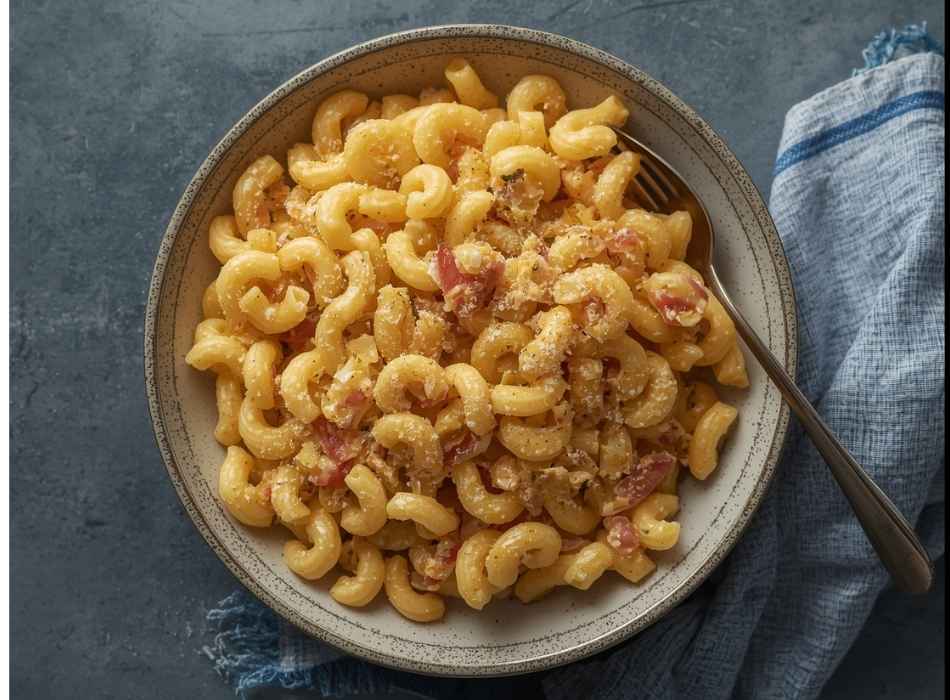
Pasta Selection and Preparation Methodology
The cornerstone of exceptional Hawaiian macaroni salad lies in pasta selection and cooking technique. Elbow macaroni serves as the standard base due to its optimal surface area-to-volume ratio and structural integrity under prolonged moisture exposure. However, the cooking process requires precision beyond conventional pasta preparation.
Cook two pounds of elbow macaroni in heavily salted water until it is slightly beyond al dente—approximately 10-12 minutes depending on brand specifications. This extended cooking time allows for proper starch release, which contributes to the salad’s characteristic creamy binding without relying solely on mayonnaise emulsion.
Upon reaching optimal doneness, drain thoroughly and rinse with cold water to halt the cooking process immediately. The cooling phase proves critical for texture development, as rapid temperature reduction prevents continued starch conversion while maintaining structural integrity.
Emulsification Theory in Practice
The mayonnaise component requires understanding of emulsification science to achieve Ono Hawaiian BBQ’s signature consistency. Combine two cups of high-quality mayonnaise with one-quarter cup of whole milk, whisking vigorously to create a stable emulsion with reduced viscosity. This thinning process allows for better coating distribution and prevents the heavy, cloying texture common in inferior preparations.
Temperature control during mixing proves essential. All ingredients should reach room temperature before combination to prevent emulsion breaking and ensure uniform integration.
Advanced Flavor Development Techniques
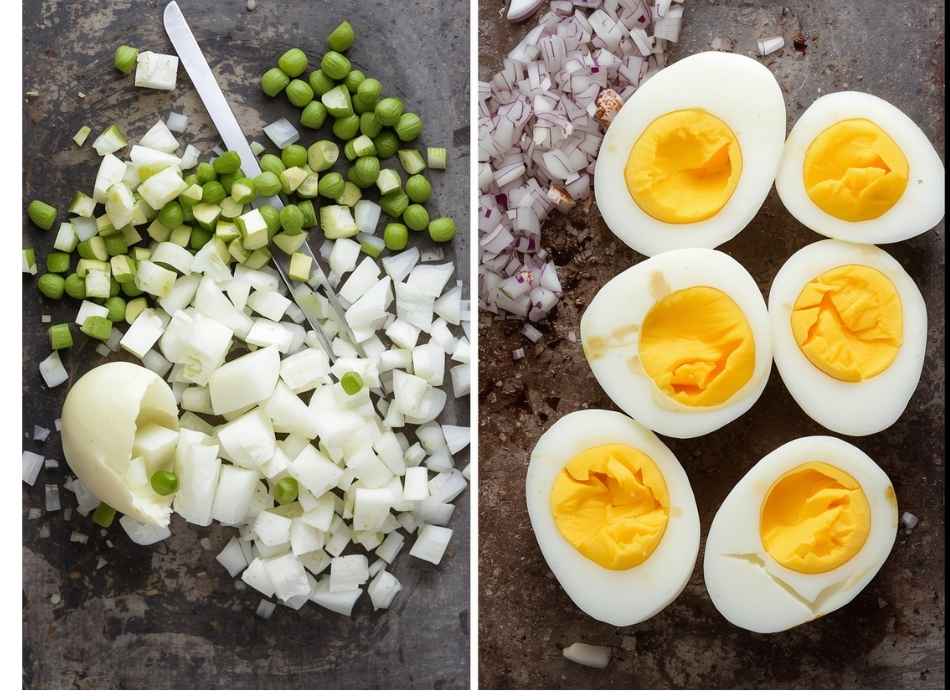
Aromatic Base Construction
The flavor foundation begins with precise vegetable preparation. Dice two medium yellow onions into uniform quarter-inch pieces, ensuring consistent size for even flavor extraction and textural harmony. Similarly, prepare four large hard-boiled eggs, removing yolks for separate treatment while dicing whites to match onion dimensions.
The egg yolks undergo specific processing to maximize their contribution to both flavor and texture. Mash thoroughly with one tablespoon of rice vinegar and one teaspoon of granulated sugar, creating a paste that serves as both a flavoring agent and additional emulsification support.
Seasoning Integration Strategy
Seasoning requires systematic layering rather than simple addition. Begin with one tablespoon of kosher salt, one teaspoon of fresh-ground black pepper, and two teaspoons of granulated sugar. These base seasonings must dissolve completely in the mayonnaise mixture before pasta integration.
The final seasoning adjustment occurs after overnight refrigeration, as flavors meld and concentrate during the chilling period. This delayed adjustment prevents over-seasoning while ensuring optimal flavor balance in the finished product.
Assembly Protocol and Maturation Process
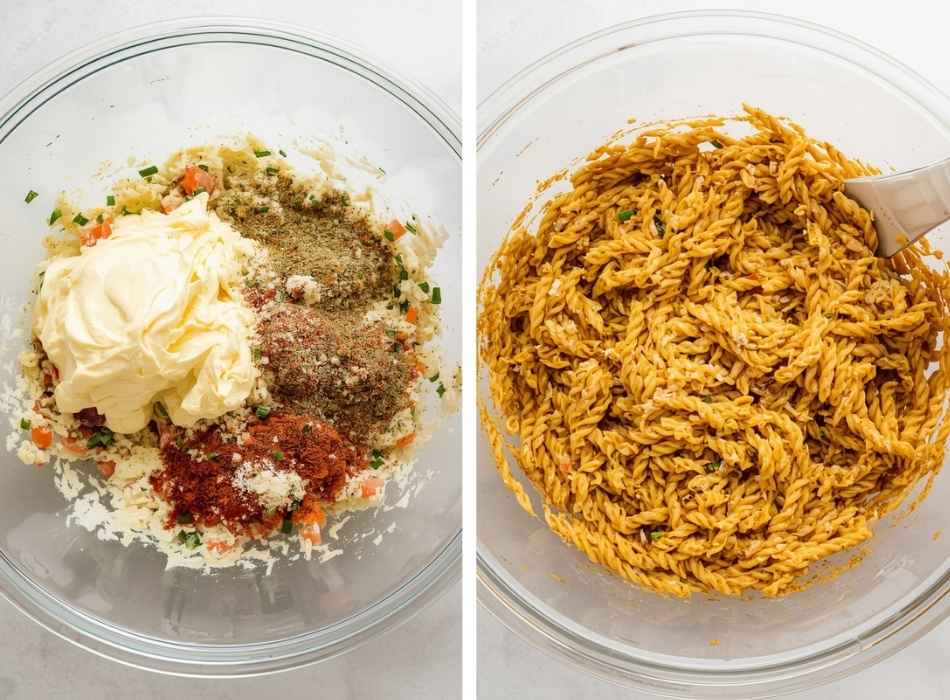
Systematic Integration Method
Combine all prepared components using a folding technique rather than aggressive mixing. Begin by incorporating the seasoned mayonnaise mixture with the cooled pasta, ensuring complete coating before adding aromatic vegetables and egg components. This sequential approach prevents ingredient separation and maintains textural integrity throughout the mixture.
The assembly process should occur gradually, allowing each addition to integrate fully before proceeding. This methodical approach prevents overmixing, which can lead to pasta breakdown and mayonnaise separation.
Optimal Maturation Conditions
Proper maturation requires specific environmental conditions. Transfer the completed salad to an airtight container and refrigerate for a minimum of four hours, though overnight chilling produces superior results. During this period, flavors integrate while the pasta continues absorbing moisture, achieving the characteristic creamy consistency that defines quality Hawaiian macaroni salad.
Before serving, allow the salad to temper slightly at room temperature for fifteen minutes, then adjust seasoning as necessary. The maturation process often requires additional salt or acid balance to achieve optimal flavor expression.
Achieving Professional Standards
The distinction between amateur and professional-quality Hawaiian macaroni salad lies in attention to textural balance, flavor integration, and presentation consistency. Successful execution requires understanding each component’s role in the overall composition while maintaining precise control over technique variables.
Temperature management, timing precision, and ingredient quality all contribute to achieving results that rival established establishments like Ono Hawaiian BBQ. The investment in proper technique and quality ingredients yields a sophisticated interpretation of this deceptively simple dish.
This recipe produces approximately eight servings and maintains optimal quality for three days under proper refrigeration. The systematic approach outlined above ensures consistent results while providing the foundational knowledge necessary for recipe modification and personal refinement.










